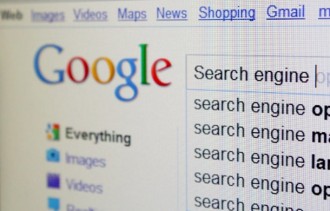 Many of the world’s best business leaders were born out of failed businesses. Knowing that there is a chance that the company you work for or own right now could someday fail, you need a strategy that can ensure your personal success no matter what cards your business is dealt. Let’s have a conversation about your personal brand.
Many of the world’s best business leaders were born out of failed businesses. Knowing that there is a chance that the company you work for or own right now could someday fail, you need a strategy that can ensure your personal success no matter what cards your business is dealt. Let’s have a conversation about your personal brand.
As a 20-year entrepreneurial veteran, I have learned a few things about branding. The most important lesson of all is that I am my own brand, and so are you. That’s not to say that my businesses are not brands in and of themselves. However, you, as your personal brand, is a living, breathing, money-making, sales-churning, customer-serving human being.
Every entrepreneur is their own personal brand. If you don’t believe that’s true about you, then you are in for some trouble. If you own or work for a franchise and your pitch to prospective clients, employees and partners is all about the value it brings to the table, then what happens when another franchise opens two doors down? If you believe you are not a brand, then does that mean that when the company you work for fails, you do too?
The only insurance you have against extinction is building your brand. Here’s how to build your own personal brand in conjunction with or separate from your business brand:
Find your personal value proposition. You have a very specific value proposition that you bring to the table as an entrepreneur. Perhaps you’ve worked in your industry for 50 years, have a Harvard education or have lived through an experience that makes you better at your job than most. Whatever value you bring to the client, the employees of your company and to the organization as a whole should be spelled out regularly.
Work your value proposition into every presentation you give. Let your clients know the unique value you bring to the table to help them accomplish their goals. If you are the CEO or president of your company, create a blog where you write regularly to your employees, stockholders and customers. The more you speak to them, the more you establish yourself as the face of the organization.
When you become a brand within the company brand, you insure longevity for yourself, separate from the organizational brand. Zappos is an amazing brand, but so is Tony Hsieh.
Capture your brand “logo.” You are a brand and your logo is your photo. Your photo should be on everything and you should work with a photographer who can capture the essence of who you are. Let your business personality shine through in that photo. People can relate to a human being more so than they can relate to an inanimate figure. It’s OK to use your company logo, but certainly also include your personal photo. When the client, employee or stockholder thinks of you, wouldn’t it be nice if they pictured you as a human being and not some vector image?
Distinguish both brands. Building a company brand takes hard work. The best way to distinguish between your personal brand and your company brand is to explain and distinguish the two whenever possible.
Building a business is like creating a living, breathing, entity that will someday live all on its own — at least that’s the goal for many entrepreneurs. The inherent risk in building this type of entity is that many do end up going extinct. That doesn’t mean you should too. Certainly Walt Disney and Steve Jobs never worried about their employability nor their ability to build new and better business entities. They didn’t worry because they were, as human beings, strong brands too.
Build your own personal brand simultaneously to your business brand and you’ll have no problem plucking yourself away from your current entity someday. Be well poised to start your next venture way ahead of the curve because you bring your brand to the table.



